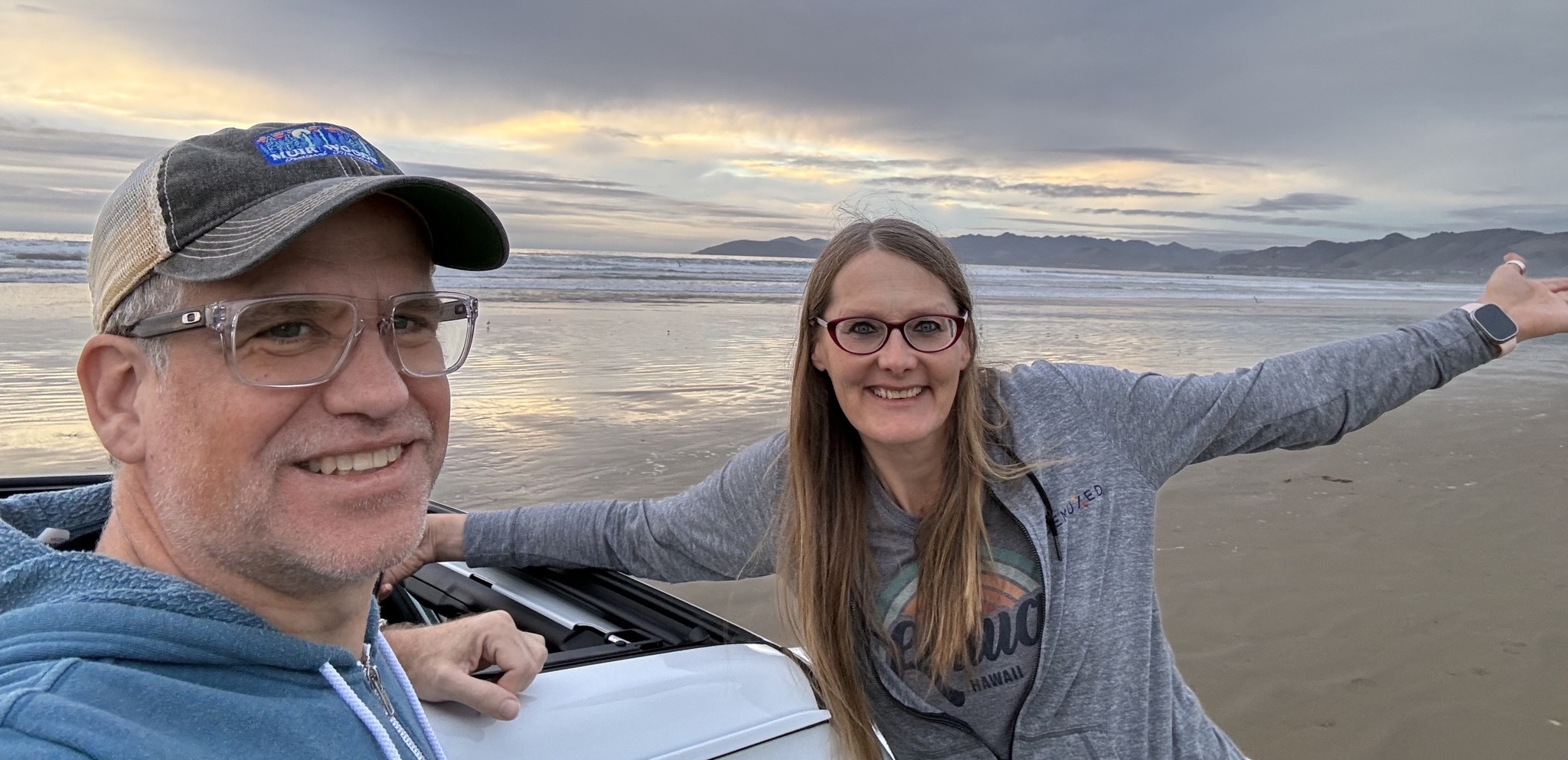I now use the FFMPEG package compiled locally on my Mac Leopard laptop.
If you want to take a bunch of JPEG images, you can turn them into a “motion JPEG” AVI video file (which is ideal for time-lapse). What’s neat about ffmpeg, is you can turn a directory of JPEGs into an AVI and later recreate the JPEGs from the AVI.
Thus, I can take 100-1000 JPEG images from a “shoot” and create a video time-lapse of all the JPEG images in a given subdir in a command-line shell (terminal):
ffmpeg -r 6 -i "%04d.jpg" -an -vcodec copy out.avi
Even cooler, you can go directly back to the same JPEG images like so (this is where you can see it is a lossless conversion from JPEGs to Motion JPEG and back):
ffmpeg -i out.avi -vcodec copy "%04d.jpg"
-r 6 is the framerate, ie: “make the video play 6 JPEG images per second”.
It doesn’t get much nicer than that! Not to mention, the encoding is FAST! I recently moved from mencoder/mplayer to ffmpeg since you can specify a complete copy of the input JPEGs (lossless from the source) as well as compress them down a bit (as you like).
For the lossless conversion, the (not entirely obvious) key to success is to use the -vcodec copy after the source file(s).
You can get this running on Windows with Cygwin, Mac with terminal, and any linux distribution like Ubuntu.






Comments
tracey pooh
to tweak/force framerate:
ffmpeg -framerate 30 -i “cape%04d.jpg” -an -vcodec copy output.avi